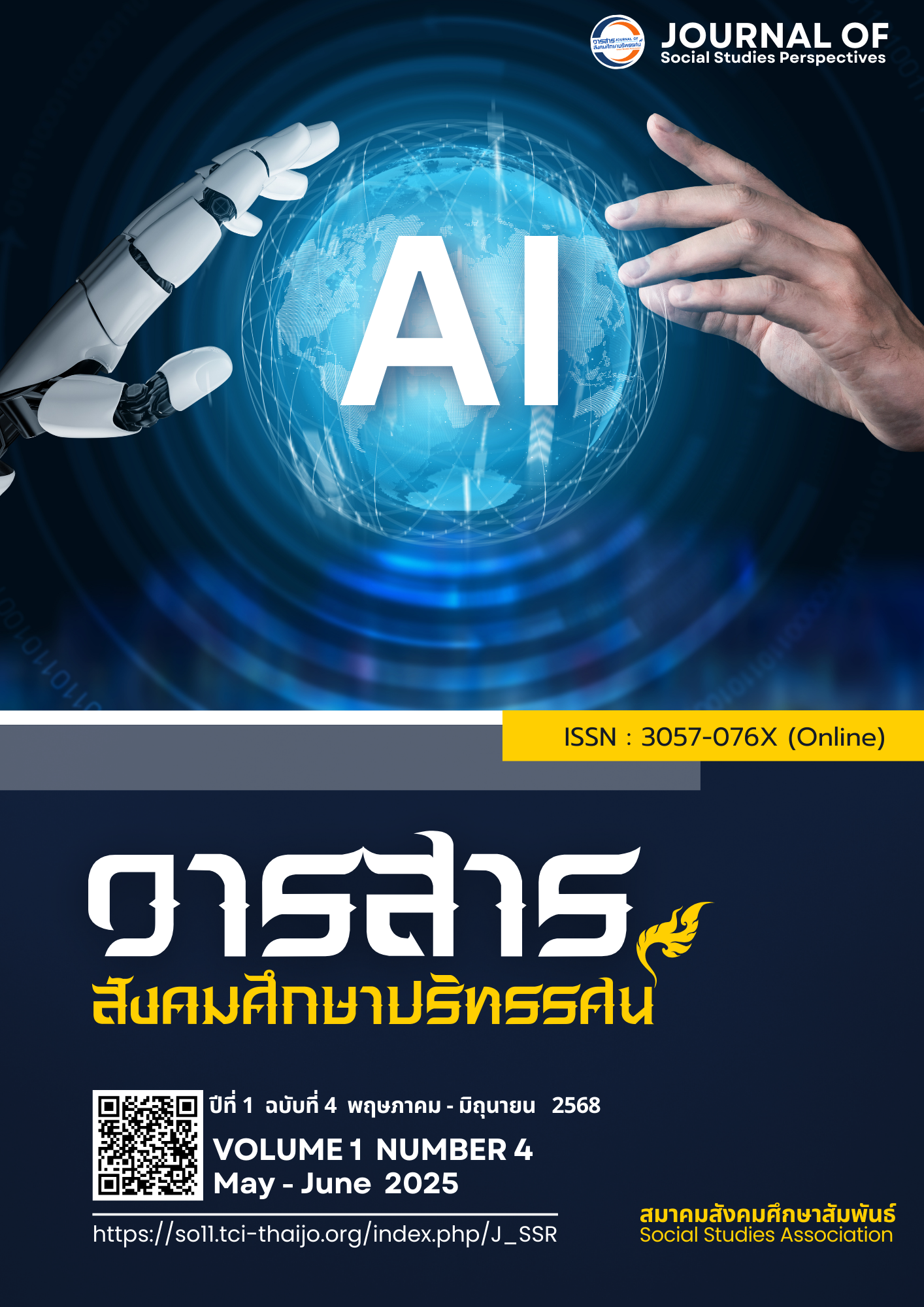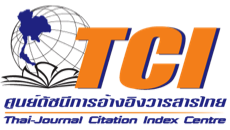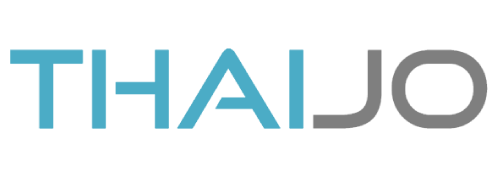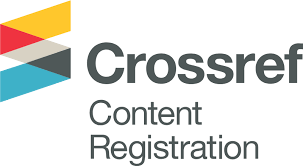THE GUIDELINES TO DEVELOP THE DIGITAL LEADERSHIP FOR SCHOOL ADMINISTRATORS UNDER PHICHIT SECONDARY EDUCATIONAL SERVICE AREA
DOI:
https://doi.org/10.64186/jsp1494Keywords:
leadership, digital leadership, Executive Digital LeadershipAbstract
This research article aims to: 1) study the digital leadership of secondary school administrators in Phichit Province, and 2) explore guidelines for the development of digital leadership for these administrators. The research was conducted in two steps: Step 1 involved studying the digital leadership of secondary school administrators, including 285 administrators and teachers, selected through stratified random sampling. Data were collected using a five-point Likert scale questionnaire, and analyzed using mean and standard deviation. Step 2 focused on exploring guidelines for developing digital leadership, with input from 3 experts. Data were collected through interviews and analyzed using content analysis.
The findings revealed that: 1) The digital leadership of secondary school administrators had a mean score of 3.91 and a standard deviation of 0.65, indicating that their behaviors were at a high level. 2) The guidelines for developing digital leadership of secondary school administrators were categorized into five areas: 1) Digital vision, which includes strategic planning through collaboration with school committees and the creative integration of educational technology; 2) Creativity and innovation, using technology as a tool to foster creativity and align the budget with objectives; 3) Training and development of personnel, with training for teachers to use digital learning platforms and technology; 4) Personnel skill management, in the context of a digital organizational culture, integrating technology into the driving force of all tasks; and 5) Digital learning ability, which includes setting policies and guidelines for the use of digital technology in the teaching and assessment processes.
References
BBoonchom, S. (2020). Introductory research (10th ed., rev. ed.). Suwiriyasarn Co., Ltd.
Chantana, S. (2016). Leadership. Triple Group Co., Ltd.
Chutirat, K. (2019). Indicators of digital leadership for school administrators under the Office
of the Basic Education Commission. Sikha Journal of Education, 8(2), 56–64.
Ekachai, K. (2022). School management in the digital era. Retrieved March 1, 2025,
from http://www.pracharathschool.go.th/skill/detail/52232
Jinnawat, P. (2018). Digital leadership for professional school administrators. Journal of
Educational Administration and Leadership, Sakon Nakhon Rajabhat University,
Online Edition. Retrieved July 2, 2022, from http://bit.ly/3X9aNIS
Jiraphon, P. (2022). The digital leadership model of school administrators under the Office of
the Basic Education Commission. Ratchaphruek Journal, Srinakharinwirot University,
(48), 396–410.
Jitakorn, J. (2021). A study of the components of digital leadership for administrators in
extended opportunity schools under Udon Thani Primary Educational Service Area
Office 3. Sisaket Rajabhat University Journal, 15(2), 129–130.
Jithamas, K., & Supawadee, L. (2022). Digital leadership of school administrators in Piyamit
Network under Pathum Thani Secondary Educational Service Area Office. Journal of
Rai Kaensarn Academy, 18(1), 22–33.
Jitima, W. (2021). Educational management in the digital era (3rd ed.). Rattanasuwan
Publishing.
Natthita, S. (2022). Digital leadership of school administrators under the Nakhon Si Thammarat
Primary Educational Service Area Office 1. Journal of the Association of Researchers,
(3), 49–64.
Rodphon, S. (2021). A study of digital leadership among administrators of Pracharath Schools
under Sisaket Primary Educational Service Area Office 1. Journal of Educational
Administration and Leadership, Sakon Nakhon Rajabhat University, 9(35), 36–45.
Suchaya, K. (2020). Digital leadership of school administrators affecting teacher competencies
in the 21st century under Secondary Educational Service Area Office 23 (Master's
thesis). Sakon Nakhon Rajabhat University.
Sukanya, C. (2015). Technology leadership: Bringing technology into 21st-century classrooms
and schools. Journal of Education, Naresuan University, 16(4), 216–224.
Suwimon, W. (2007). Needs assessment research (2nd ed.). Thamda Place.
Suchaya Komonwanit. (2020). Digital leadership of school administrators affecting teachers'
competency in the 21st century of schools under the Secondary Educational Service
Area Office 23 (Master's thesis). Graduate School, Khon Kaen University.
The Secretariat of the Council of Education, Ministry of Education. (2020). National
educational standards.
Downloads
Published
How to Cite
Issue
Section
Categories
License
Copyright (c) 2025 Journal of social studies perspectives

This work is licensed under a Creative Commons Attribution-NonCommercial-NoDerivatives 4.0 International License.
The article is published under the Creative Commons Attribution-NonCommercial-NoDerivatives 4.0 International (CC BY-NC-ND 4.0) license, which allows others to share the article while giving appropriate credit to the author. It prohibits the use of the article for commercial purposes or the creation of derivative works. Any other reuse or reproduction requires permission from the journal.









